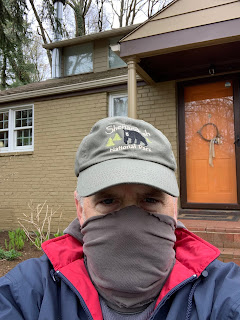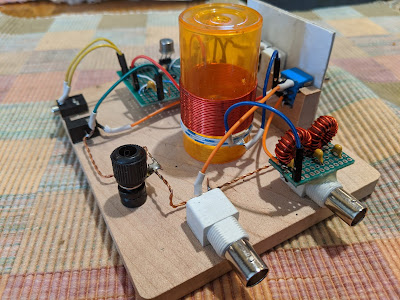WB9FLW recently reminded us of two very useful documents that have been kind of buried on one of Pete's web sites. I think these documents are just the kind of thing we all need during these dark days of quarantine. So just sit back, StayInTheShack, and soak up tribal wisdom from the Wizard of Newbury Park.
Here is the message from WB9FLW that unearthed these gems:
Morning Pete,
Three cheers for posting the Simple SSB Transceiver as a possible project during the pandemic lockdown.
Suggestion, folks that are new to your Website may not have seen some of your earlier posts especially on jesssystems.com.
"Homebrewing For QRP SSB" is a gem and a great lead in to the simple SSB Transceiver project.
There is a lot of wisdom in those pages, perhaps you can add a link for those interested in building the rig.
"How To Stuff A Junk Box" is good as well.
Hope you and the family are doing well.
Pete WB9FLW




































